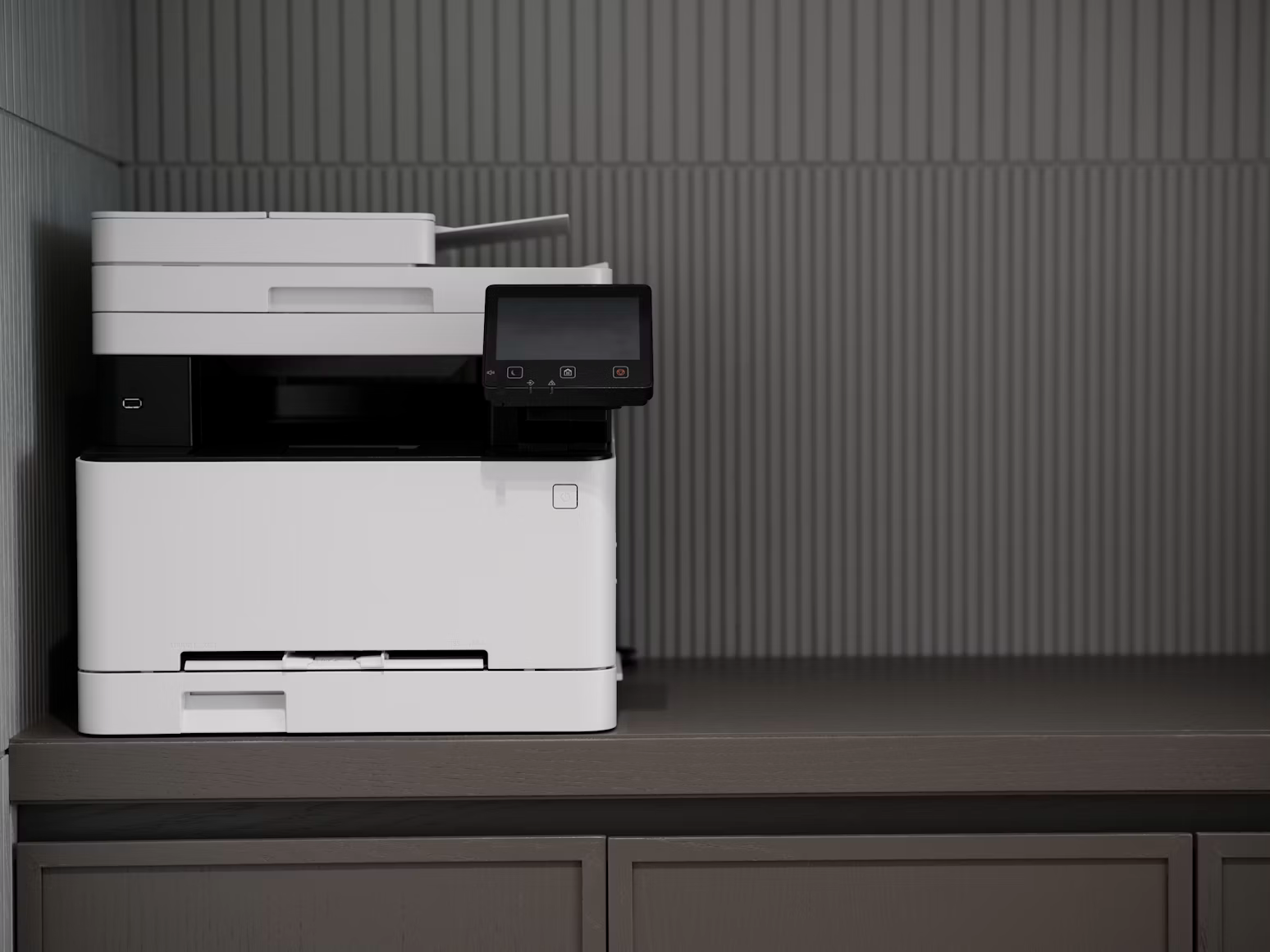In today’s fast-paced business environment, controlling expenses while enhancing operational efficiency is vital to staying competitive. One area where many companies can achieve significant savings and productivity gains is their printing infrastructure. Managed Print Services (MPS) offer a comprehensive solution for organizations looking to optimize their print environment, reduce costs, and improve workflows.
What Are Managed Print Services?
Managed Print Services involve partnering with a specialized provider to oversee and optimize your organization’s printing needs. Instead of managing individual printers, toner, maintenance, and supply purchases internally, companies outsource these responsibilities to an MPS vendor. The provider assesses your current print environment, recommends the best hardware and software solutions, and continuously monitors usage to ensure efficiency and cost control.
This approach goes beyond just supplying printers and cartridges. It encompasses print fleet management, supplies management, workflow automation, and data analytics—providing a holistic strategy to reduce waste and improve user experience.
How Managed Print Services Cut Costs
One of the most compelling reasons businesses invest in MPS is the potential for significant cost savings. Here’s how:
- Reduced Print Volume: MPS providers analyze print usage patterns to identify areas of unnecessary printing. By making recommendations such as duplex printing (double-sided), defaulting to black-and-white printing, and encouraging digital workflows, companies can drastically lower paper and toner consumption.
- Consolidated Devices: Many businesses operate multiple printers, copiers, and multifunction devices without optimal placement. MPS helps streamline the fleet by consolidating devices, reducing the number of machines to those that are more efficient and suited to business needs. This reduces maintenance and energy costs.
- Lower Maintenance Expenses: Instead of facing surprise repair bills, an MPS vendor provides scheduled maintenance and proactive support. This reduces downtime and unexpected costs by keeping equipment in good working order.
- Optimized Supply Management: MPS providers manage supply inventory and automate ordering so companies only purchase what they need, avoiding overstocking and emergency rush orders that can increase expenses.
- Elimination of Hidden Costs: With detailed reporting, businesses gain transparency into printing costs by department or project, enabling better budgeting and accountability.
Boosting Efficiency with Print Management
Cost savings are essential, but improving efficiency is just as critical. Managed Print Services enhance productivity in multiple ways:
- Simplified Printer Management: IT teams often spend considerable time resolving printer issues. With MPS, the provider handles hardware configuration, installation, maintenance, and troubleshooting, freeing IT to focus on strategic priorities.
- User-Friendly Print Solutions: MPS often includes implementing secure print release systems that hold print jobs until the user authenticates at the device. This reduces wasted prints, improves document security, and speeds up workflow by preventing lost or misprinted documents.
- Mobile and Remote Printing Capabilities: Modern MPS solutions incorporate cloud printing and mobile access, enabling employees to print securely from any location or device. This is particularly valuable for remote workers or employees using mobile devices in the field.
- Integration with Document Management: MPS providers often offer tools that digitize workflows, such as scanning to email or cloud repositories, automating tasks that once required manual effort and reducing turnaround times.
Environmental Benefits and Sustainability
Beyond cost and efficiency, MPS supports corporate sustainability goals. By reducing print volumes, optimizing device energy usage, and promoting recycling programs, companies can shrink their environmental footprint. Many MPS vendors provide eco-friendly devices and help monitor carbon emissions related to printing activities, assisting businesses in achieving green certifications.
Selecting the Right Managed Print Service Provider
To realize the full benefits of MPS, selecting the right partner is critical. Consider these factors:
- Comprehensive Assessment: The provider should conduct an in-depth analysis of your current print environment including hardware, usage, and costs.
- Customization: A one-size-fits-all approach won’t work. The solution should be tailored to your industry, company size, and specific business goals.
- Technology Expertise: Vendors should offer the latest print hardware, cloud capabilities, security features, and integration options.
- Proactive Support: Look for service-level agreements (SLAs) guaranteeing uptime, quick response times, and preventive maintenance.
- Transparent Reporting: Access to real-time analytics and cost reports ensures ongoing optimization and accountability.
Conclusion
Managed Print Services deliver a compelling blend of cost reduction and efficiency enhancements that modern businesses need. By outsourcing print management to experts, companies not only save money on supplies and maintenance but also free IT resources, streamline workflows, and support sustainability goals. Whether your business struggles with excessive printing costs, inefficient device management, or the challenge of securing sensitive documents, MPS provides an effective, scalable solution to achieve these objectives. Investing in managed print services is a strategic move that pays dividends through improved operational performance and bottom-line savings.
You might also enjoy:
- Managed Cloud Services Explained: What They Are and Why They Matter
- Robert Bilus Highlights the Role of Industrial Engineering in Advancing the Circular Economy
- How to Choose the Right Cellular Network Provider for Your Needs
- Electrical Distribution Companies Driving Efficiency and Reliability
- How Carrier Services Help Businesses Stay Connected and Competitive
